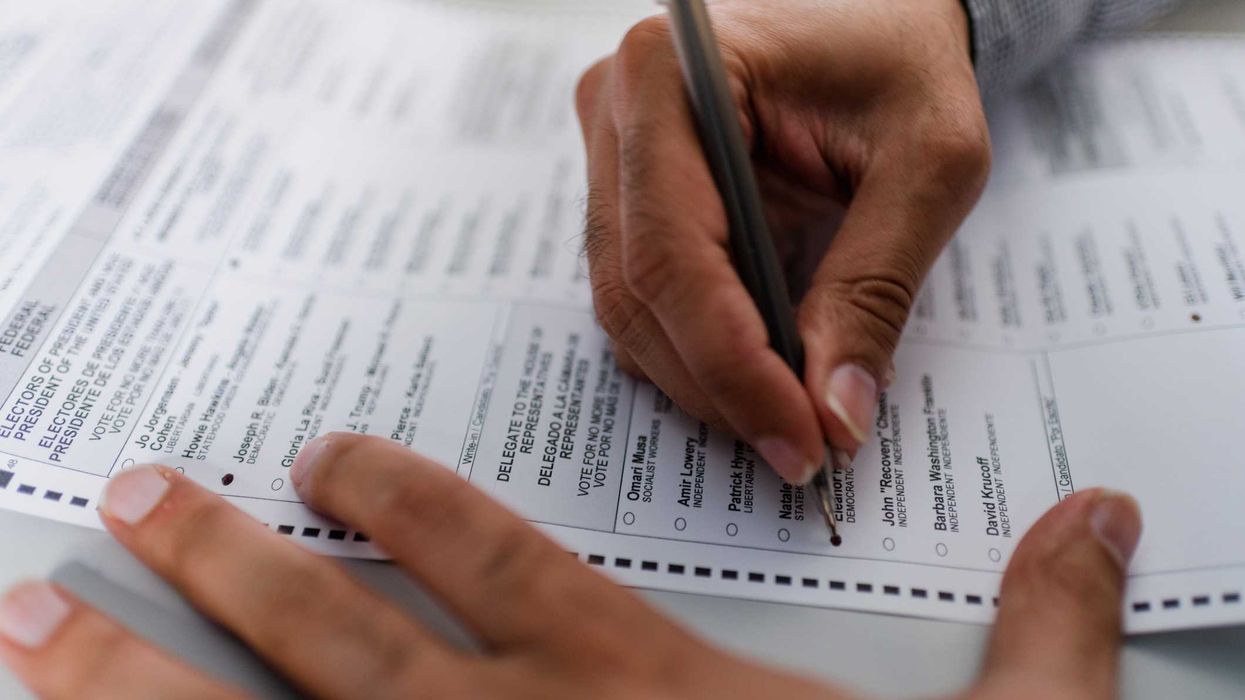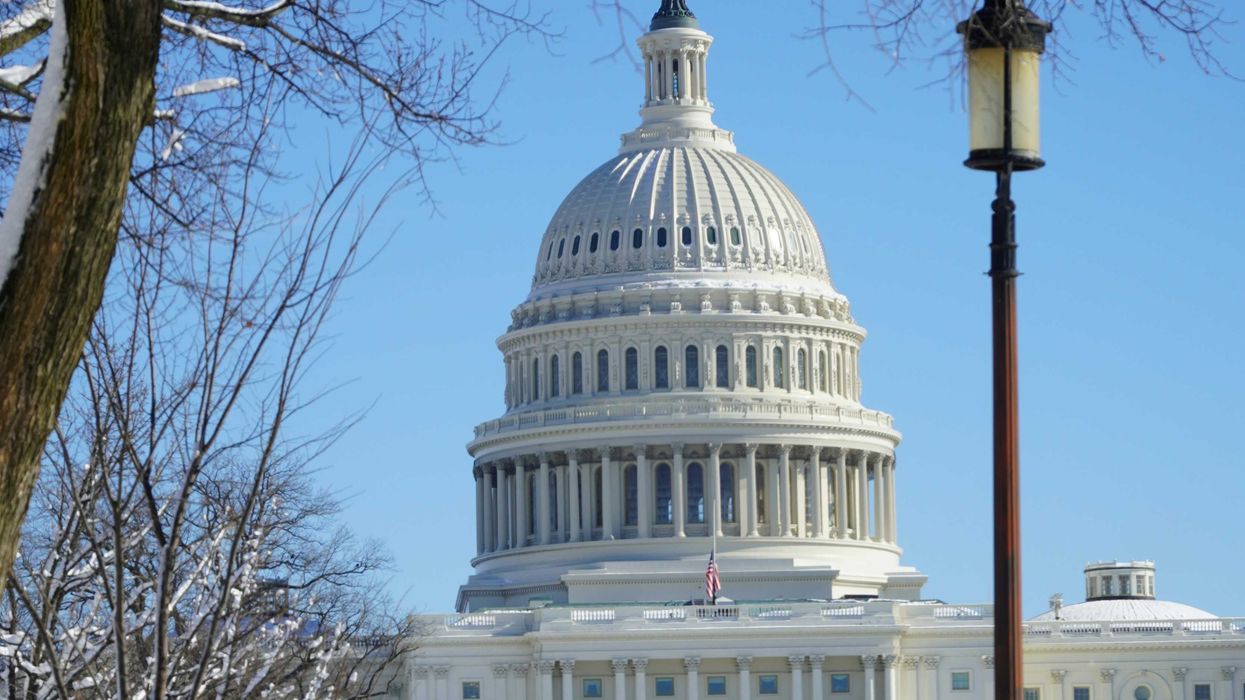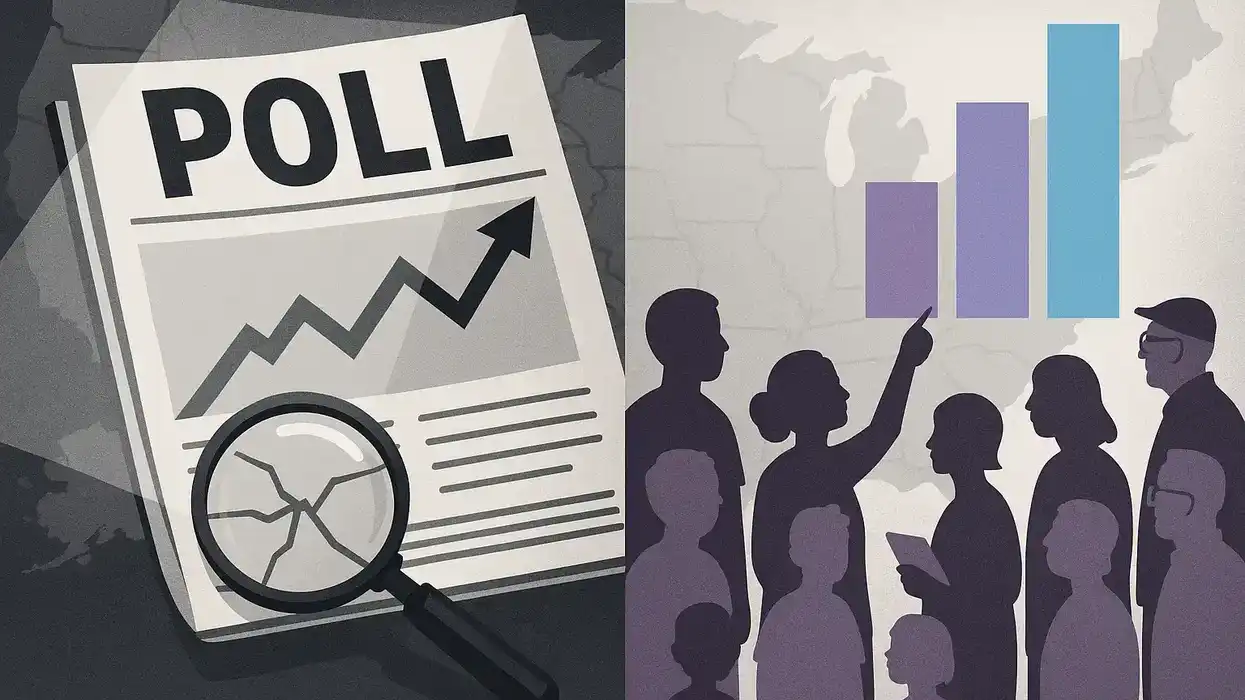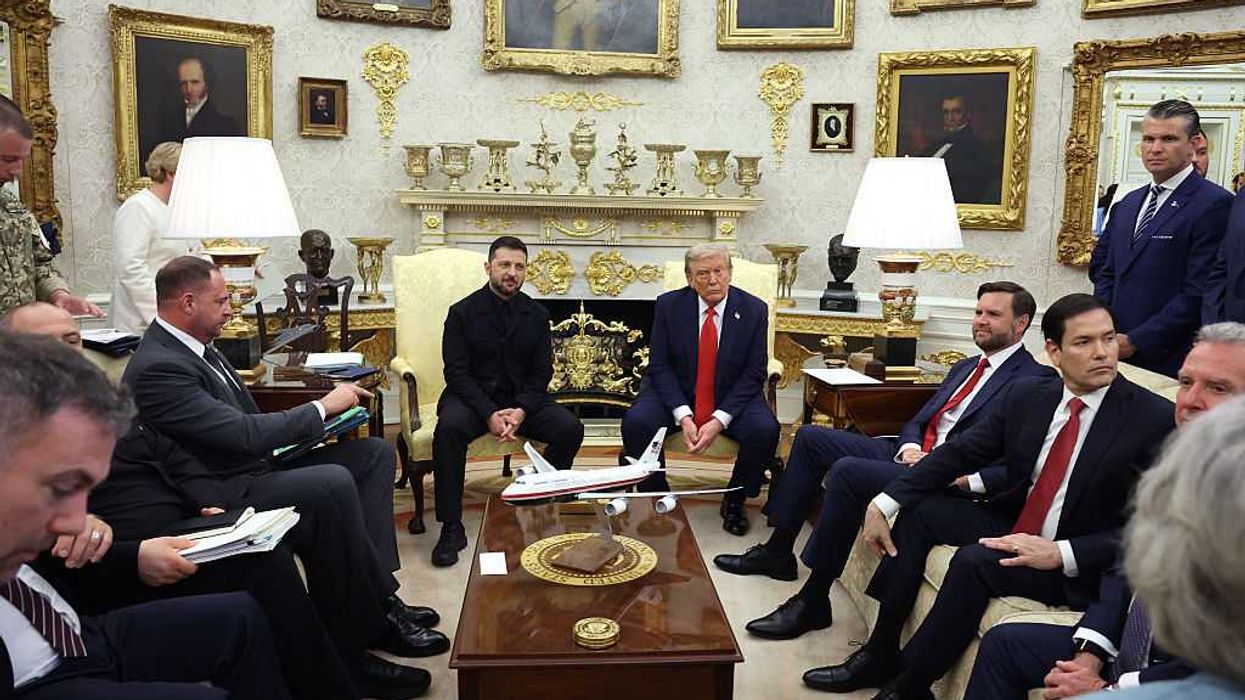Sixteen states, a half-dozen progressive senators and a collection of campaign finance reform experts have launched an uphill campaign to persuade the Supreme Court to close down the nation's super PACs.
They filed briefs Wednesday asking the court to consider a fresh challenge to a central aspect of campaign finance law: A federal appeals court ruling from a decade ago that ended contribution and spending limits, but not disclosure requirements, for independent political groups that want to elect or defeat candidates — thus creating super PACs.
There is no guarantee the justices will decide to take the case after it reconvenes this fall, however. And even if they do, the court's reliably conservative majority and string of precedents promoting the deregulation of campaign finance suggest that victory for reformers is a longshot.
While the court in its most famous money-in-politics case, Citizens United v FEC, said a decade ago the First Amendment means corporations, nonprofit organizations and labor unions may spend what every they like on campaigns, it has not addressed the question posed by the new case: Is it constitutional for Congress to limit contributions to political committees that make only independent expenditures? That's what super PACs do.
A common misconception is that the Citizens United ruling gave rise to super PACs. But it was actually the D.C. Circuit Court of Appeals decision the same year in SpeechNow.org v. FEC. So campaign finance advocates maintain the high court would not have to revisit and then spurn its Citizens United precedent in order to put a crimp into super PACs. They dished out more than $822 million to influence campaigns for Congress two years ago — an amount three quarters the size of the $1.1 billion candidates for the House and Senate spent in the aggregate.
"Super PACs weren't created by Congress, or the U.S. Supreme Court — they were created by a lower court decision, based on faulty assumptions, that has never been reviewed or revisited," said Ron Fein, legal director of Free Speech For People, a campaign finance reform nonprofit working on the new appeal.
The main plaintiff in the case Lieu v. FEC, is Ted Lieu, a Democratic congressman from California.
"I'm extremely skeptical that the court would take this case (because a majority would agree with the D.C. Circuit in SpeechNow was right that the limits on contributions to super PACs are unconstitutional)," professor Richard Hasen of the University of California at Irvine wrote in his Election Law blog. "And if the Court took the case, I believe it would only make campaign finance law even more deregulatory."
Although it may appear quixotic, the appeal has drawn a strong cast including four senators on the Judiciary Committee — Patrick Leahy of Vermont, Richard Blumenthal of Connecticut, Sheldon Whitehouse of Rhode Island and Mazie Hirono of Hawaii — and fellow Democrats Tom Udall of New Mexico and Chris Van Hollen of Maryland.
"A tsunami of special interest money is drowning out Americans' voices and corrupting our democracy," Whitehouse said. "At the center of the tidal wave are Super PACs through which corporations and billionaires run unlimited money to push their political agendas."
Of the 16 states that are part of the appeal, 10 have both governors and legislatures that are Democratic: Colorado, Connecticut, Delaware, Hawaii, Illinois, Maine, New Mexico, Rhode Island, Virginia, Washington. The rest have divided governments: Maryland, Massachusetts, Michigan, Minnesota, Pennsylvania and Vermont.
Other parties supporting the efforts include nine election law scholars, seven political scientists, three academic researchers and a former FEC commissioner.



















